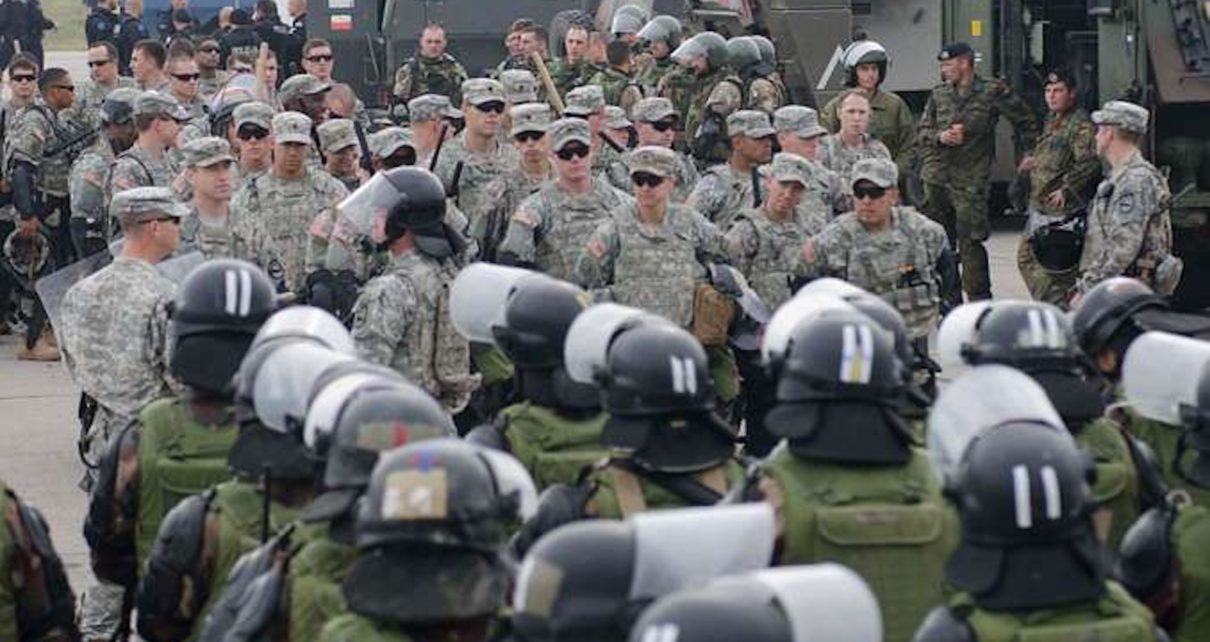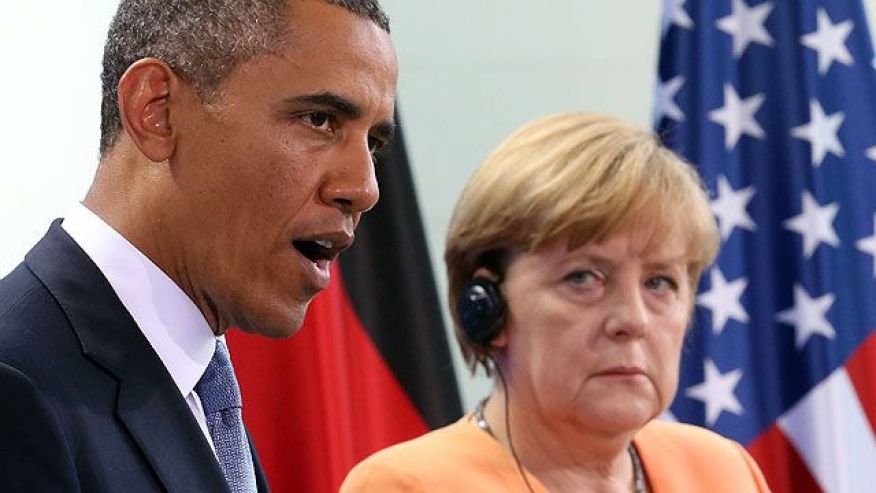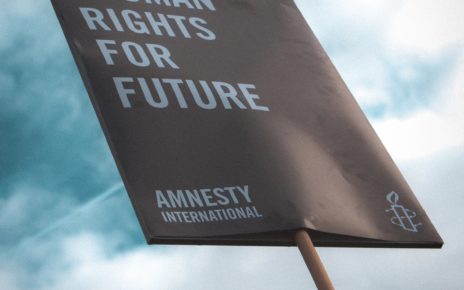Abstract: This article compares experiences gained in KFOR and ISAF and what they might equip Allied leaders to anticipate in the Western Balkans, should Moscow begin to create trouble on that front to shore up its position in Ukraine.
Post-conflict missions and humanitarian operations conducted by NATO-led forces have revealed successes, lessons learned, and challenges to civil-military cooperation (CIMIC). NATO’s missions have demonstrated that it requires enhanced close cooperation and interaction between military and civil actors to reach its objectives. Neither military action alone nor civil engagement in isolation is sufficient in preventing or managing a crisis. Peacebuilding attempts and internal reconstruction efforts in a conflict zone are directed toward a complex security environment, involving the local population’s acceptance of the legitimacy of the mission to other institutional building requirements. Any level of success in past NATO missions had relied heavily on the triangular relationship between civil administration, civil police authorities, and the military.
In recent security studies literature, the changing character of twenty-first warfare, from hybrid wars to so-called “grey” conflicts, is taken for granted. Compounding the first step of winning a conventional kinetic war, crisis management efforts follow in which victorious forces build a sole local authority that can govern the country or region in question. The evolving and changing nature of wars and conflicts in the international arena requires strong cooperation between military and non-military actors. One of the enduring challenges of civil military cooperation foregrounded in the Kosovo War of 1999 was the problem that its functionality was hampered by the ethnic division of that country. As of August 4, 2022, NATO’s Military Council Joint Standardization Board (MCJSB) approved the new definition for Civil-Military Cooperation (CIMIC) as: A military joint function that integrates the understanding of the civil factors of the operating environment and that enables, facilitates and conducts Civil-Military Interaction to support the accomplishment of missions and military strategic objectives in peacetime, crisis and conflict.
One of NATO’s tasks outlined in the Strategic Concept of 1999 – crises management – acknowledges that NATO’s task is to provide the indispensable foundations for a stable Euro-Atlantic security environment, based on the growth of democratic institutions and commitment to the peaceful resolution of disputes, in which no country would be able to intimidate or coerce any other through the threat or use of force. Despite mistrust between the military actors and civilian forces, the experience of IFOR and SFOR in Bosnia was the prototype for NATO CIMIC and was generally expected to be copied in Kosovo. The success of CIMIC at its early stage was based on besting two main challenges. The first was gaining the support of locals who, despite the conflict’s complexities, were trustful of the deployment of a civil-military mission. The second was procuring assistance from international aid agencies. Close cooperation with NGOs and international actors optimized their resources in support of the local population. This interagency work was key to re-establishing the critical infrastructure needed for stability. But the efforts of state-building and control were challenged by the inability of the domestic governmental authority to control Kosovo’s administration and territory. Even after many years, it is difficult to build a unified admnistration that could deal with local Albanians and Serbs.
Efforts to build a state for Afghanistan through Provincial Reconstruction Teams (PRTs) with the deployment of the International Security and Assistance Forces (ISAF) after the fall of the Taliban regime in 2001 – history subsequently showed – were unsucessful. In Afghanistan, as reported in many documents related to ISAF‘s civil-military cooperation, the PRTs’ mission was to help extend the authority of the Kabul government to the provinces in order to develop a stable and secure environment, enable security sector reform, facilitate reconstruction, and boost economic and social development. The dual purpose of the PRT was to create popular support for U.S. counter-terrorist operations by engaging in reconstruction activities – the-so-called “hearts and minds” campaign – and to support the new Afghan provincial government structures.
CIMIC activities in these two theatres were focused on equipping KFOR and ISAF with the means of establishing a strong central civil and military authority that included all Kosovo’s ethnic groups and Afghanistan’s provinces. It can be difficult to acheive the right balance between military and humanitarian inputs, however. For example, one of the controversies around PRTs has revolved around the expansion of military activities into the humanitarian domain. Likewise in Kosovo, some reports and articles argue that the neutral ‘humanitarian sphere’ was tainted by soldiers providing aid for other-than-humanitarian purposes, namely in pursuit of military objectives. On the other hand, the presence and work of IOs and NGOs was limited by the hostile environment they found themselves in. In dealing with local aspirants to power, the United Nations Interim Administration Mission in Kosovo (UNMIK) relied on the leverage that KFOR could provide to assert authority. But with the absence of a unified structure of command and control, the hopes for rebuilding Kosovo were challenged also by the parallel structures of the Serb community. Bereft of pre-existing democratic institutions in Kosovo, early NATO CIMIC activities were plagued by long and uncoordinated decision-making cycles and a lack of inter-operability among and within civilian departments.
Twenty-five years after the war, and at such a critical moment for NATO, given the challenge posed by the Russians in Ukraine, it is vital that the democratic West to reaffirm KFOR’s mission in Kosovo and its mandate of establishing a safe and secure environment. The war in Ukraine has revived questions about the future of Euro-Atlantic integration for those regions partially absorbed into North Atlantic political and security structures. Russia sees the Western Balkans as a buffer zone where it can preserve a sphere of influence and undermine the West, raising concerns that Putin might try to destabilize the area to leverage Russia’s posture in Ukraine.
Diplomatic rapproachment between Belgrade and Pristina has not yet been achieved. As such, regional stability and relations are directly affected by the role KFOR plays on the ground. KFOR and ISAF are two important NATO learning experiences and a signal for Allied leaders to use CIMIC in establishing civil stability in southeast Europe, not only to innoculate it against threats emenating from Russia in the Balkans, but even to apply lessons in countering China’s influence in the Indo-Pacific among NATO partners and like-minded democratic states.
Photo: “KFOR soldiers and members of the European Rule of Law Mission in Kosovo (EULEX) conducted various training lanes at Camp Vrelo Oct. 15 as a part of the three-day “Silver Saber” training exercise designed to improve crowd and riot control capabilities and develop coordination with the different security elements in Kosovo” (2023), viapicryl. Public domain.




